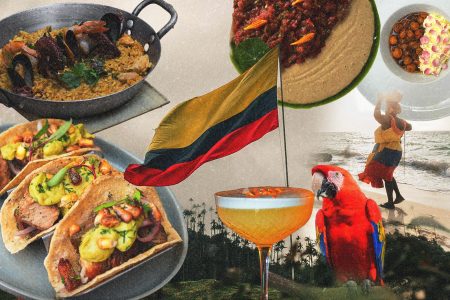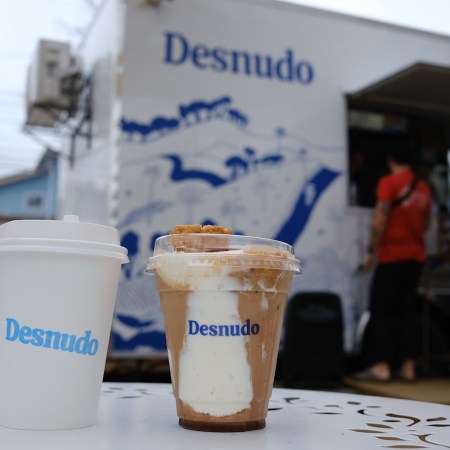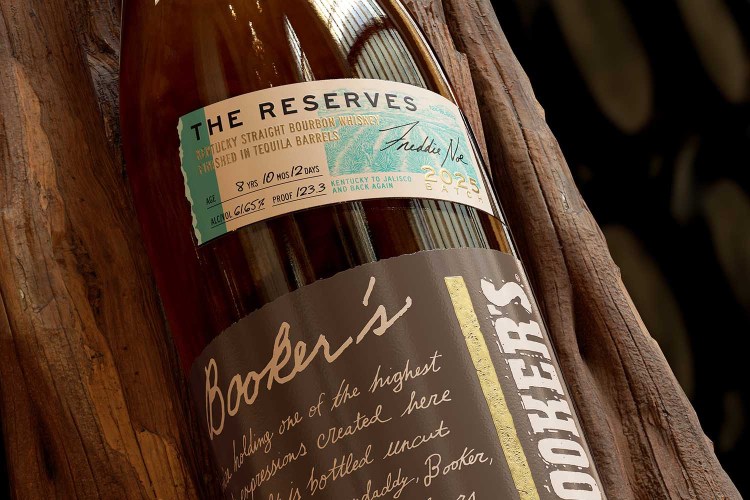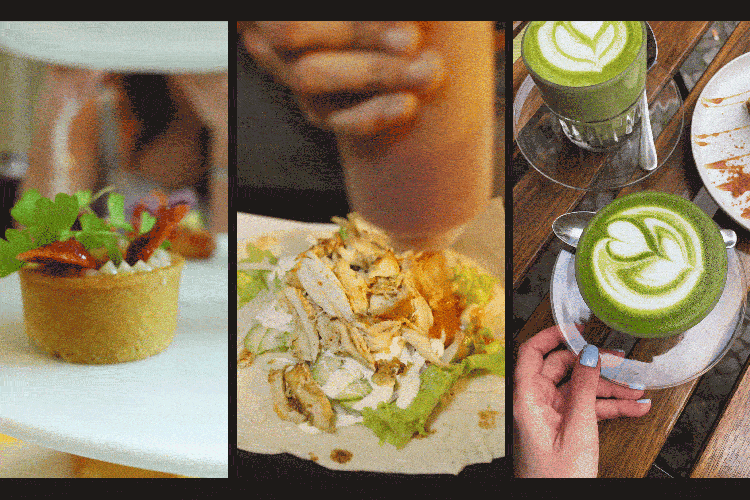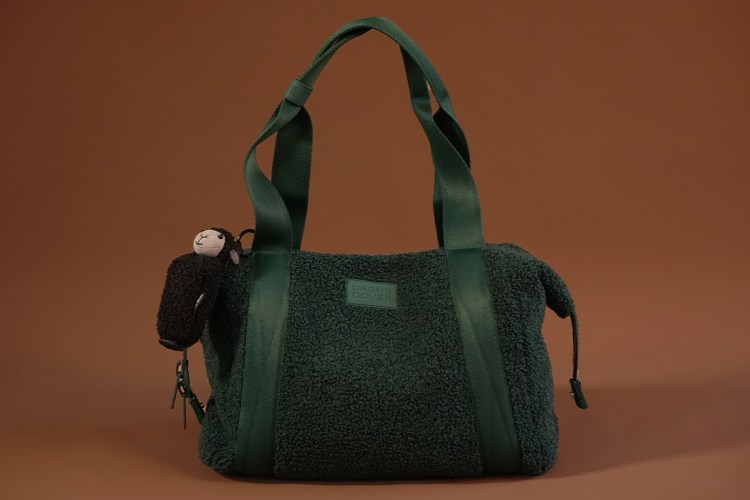There are two things to keep in mind about arepas. The first is that they’re delicious. The second is that national cuisines can have very different definitions of what, exactly, constitutes an arepa. If you’re eating an arepa in the Venezuelan style, you’ll be consuming a corn cake with some sort of savory filling; a Colombian-style arepa, meanwhile, has a filling (often cheese) within.
If you’re not already versed in the different versions of arepas, this can be a little confusing the first time you encounter them. (Probably not for long, though; see above regarding the delicious factor.) But it turns out there’s more at stake here than culinary confusion; as the New York Times‘ James Wagner reports, this has also led to some conflict between the two nations where the different styles of arepa originated.
The Times‘s reporting pointed out that this is far from the only case of two countries feuding over the origin of a beloved food item; cerviche, couscous and hummus have all been at the center of similar debates. Wagner also reported that Venezuala’s president, Nicolás Maduro, has sought to claim the arepa for his nation alone.
The Top Foods to Eat in Bogota and Where to Find Them
From arepas, boñuelos and empanadas to upscale restaurantsOne of the reasons that this disagreement may be difficult to comprehensively resolve is simple: the arepa predates the modern nations of Colombia and Venezuela. Professor Ocarina Castillo explained to the Times that, when the Spanish first arrived in South America, Indigenous residents of the region were already dining on corn cakes akin to modern arepas.
In truth, the real winner in this might well be James Wagner, whose bio notes that “he and the photographer Federico Rios sampled many types of arepas for the sake of journalism.” As research goes, it’s hard to argue with that.
Every Thursday, our resident experts see to it that you’re up to date on the latest from the world of drinks. Trend reports, bottle reviews, cocktail recipes and more. Sign up for THE SPILL now.

